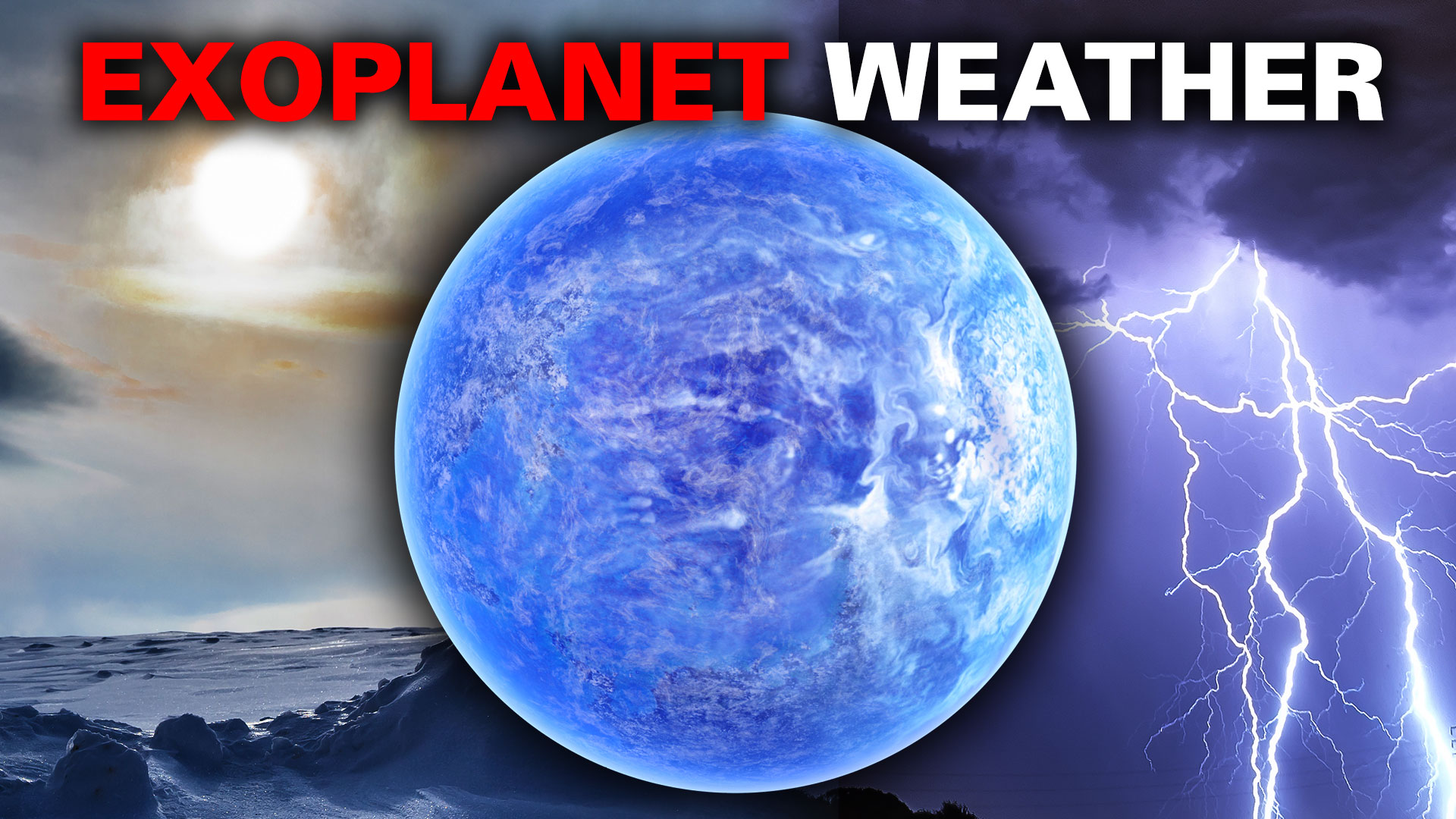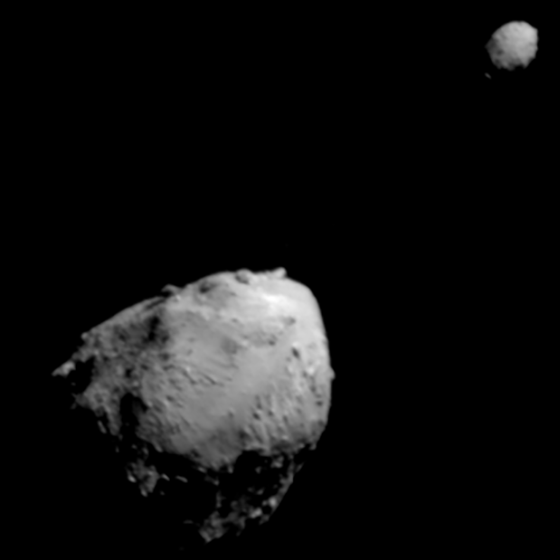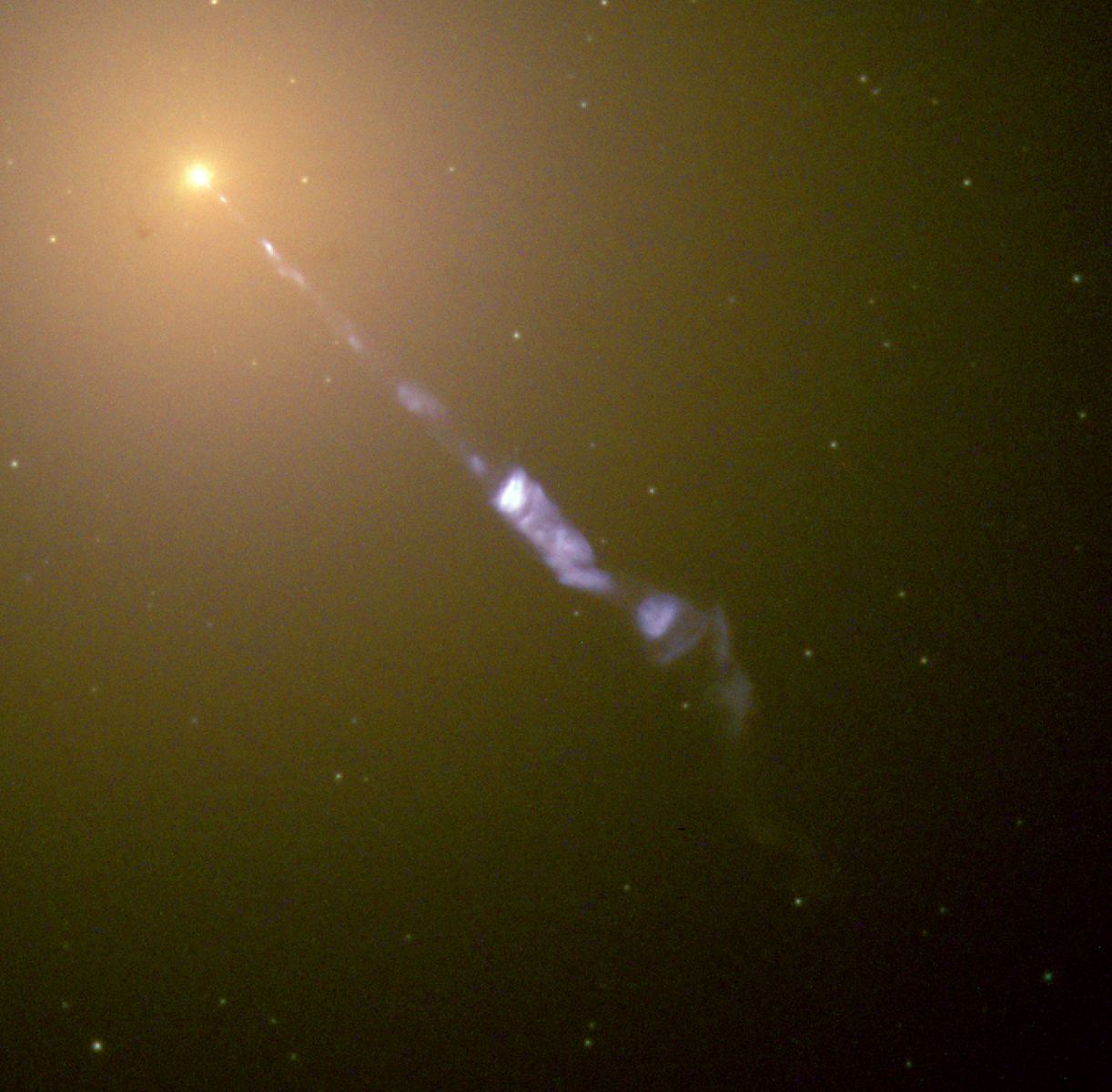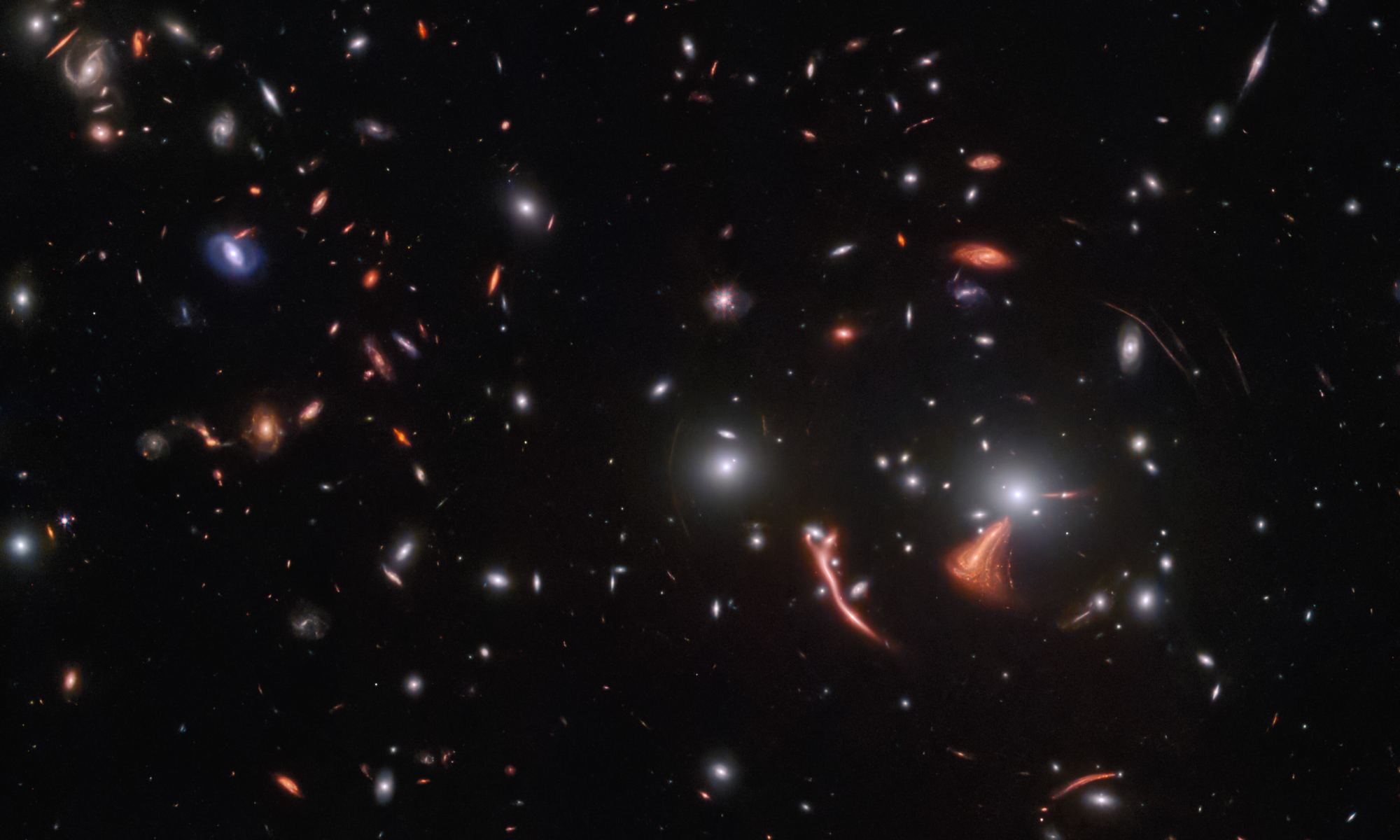Star formation is well understood when it happens in the populous centers of galaxies. From our vantage point on Earth, within the Milky Way, we see it happening all around us. But when newborn stars are birthed in the empty outskirts of galactic space, it requires a new kind of explanation. At the 243rd meeting of the American Astronomical Association yesterday, astronomers announced that they have observed, for the first time, the unique molecular clouds that give rise to star formation near the remote edges of galaxies.
Continue reading “Young Stars in the Outskirts of Galaxies Finally Have an Explanation”Iron Snow Could Explain the Magnetic Fields at Worlds Like Ganymede
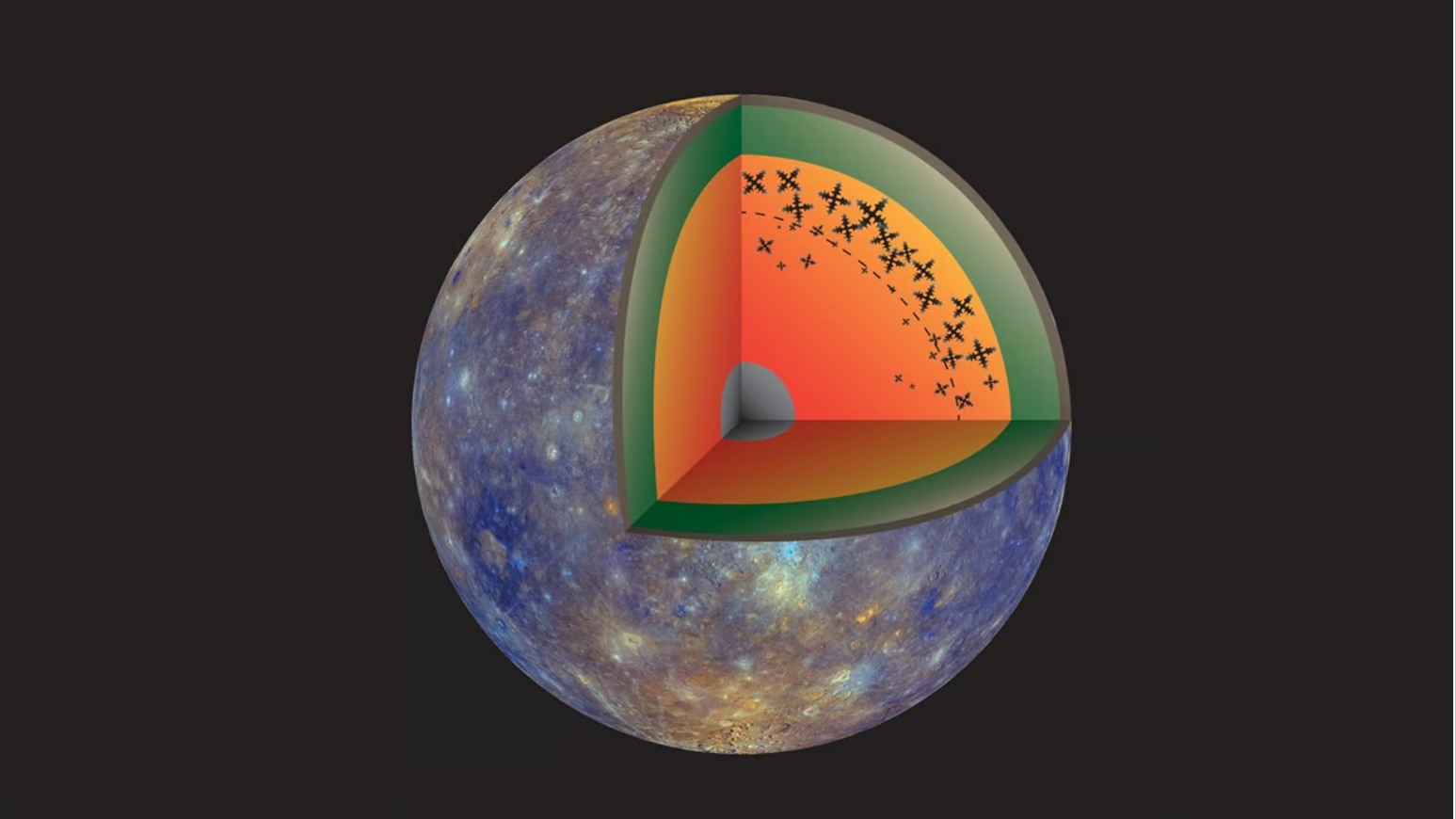
Jupiter’s largest moon, Ganymede, features a surprisingly strong magnetic field for its size. Tidal effects from Jupiter continually stretch and squeeze the moon, keeping its core warm and driving the magnetic field. But the exact geological processes occurring within the core are not fully understood. Now, a new experimental study has put one of the leading models of core dynamics to the test: the formation of crystalized ‘iron snow’.
Continue reading “Iron Snow Could Explain the Magnetic Fields at Worlds Like Ganymede”Ouch. Canadarm2 Took a Direct Hit From a Micrometeorite
Living in space comes with risks. For astronauts on the International Space Station (ISS), those risks occasionally make themselves intrusively apparent.
Earlier this month, European Space Agency astronaut Andreas Mogensen snapped a photo of the Canadarm2, in which damage from a micrometeorite impact is clearly visible.
Continue reading “Ouch. Canadarm2 Took a Direct Hit From a Micrometeorite”Weather in the Solar System Can Teach Us About Weather on Exoplanets
The way astronomers study planets in our own solar system is surprisingly similar to the way they study exoplanets, despite the latter being orders of magnitude more distant. The key is spectroscopy – examining the wavelengths of light that reach a telescope from a planet’s atmosphere. Different molecules allow different wavelengths to pass through, creating unique patterns in the spectrum and giving scientists clues about the composition of an atmosphere.
Of course, for planets nearby, we can get more details by visiting them – but this is expensive and difficult – we haven’t visited Uranus since Voyager 2 in 1986, for example, so for all intents and purposes, studying Uranus today is done the same way as studying an exoplanet: with a telescope.
A recent review of planetary atmospheres, in our solar system and elsewhere, reveals the incredible complexity and diversity of weather in our solar system, and what we might expect to find around other stars – but also what we don’t yet understand about our near neighbours: there’s plenty of unknowns.
So let’s take a weather-watcher’s tour of the solar system:
Continue reading “Weather in the Solar System Can Teach Us About Weather on Exoplanets”OSIRIS-REx Failed to Deploy its Drogue Chute Properly. Now NASA has Figured out Why

On September 24, 2023, NASA’s OSIRIS-REx mission returned a precious sample of rocky material from asteroid Bennu to Earth. The capsule landed safely under its main parachute, but it arrived more than a minute early. The cause: a small drogue parachute, designed to slow the spacecraft down prior to the main chute’s deployment, failed to open. After an investigation into the mishap, NASA believes they have determined the cause of the (happily non-catastrophic) failure.
Continue reading “OSIRIS-REx Failed to Deploy its Drogue Chute Properly. Now NASA has Figured out Why”Dimorphos is Probably a Piece of Didymos
Last September, NASA purposefully smashed a spacecraft into Dimorphos, a 160m-wide space rock orbiting a larger asteroid named Didymos. The goal of the mission, called DART (the Double Asteroid Redirection Test), was to demonstrate humanity’s ability to redirect hazardous asteroids away from Earth. That part of the mission was a success above and beyond all expectations. But now scientists are also learning more about the origins of the two asteroids. A study conducted in the wake of the DART impact found that Dimorphos is made from the same material as Didymos, and that the pair of asteroids likely originated from a single body.
Continue reading “Dimorphos is Probably a Piece of Didymos”Earth's Smallest Flowering Plant Can Handle 20X Earth's Gravity
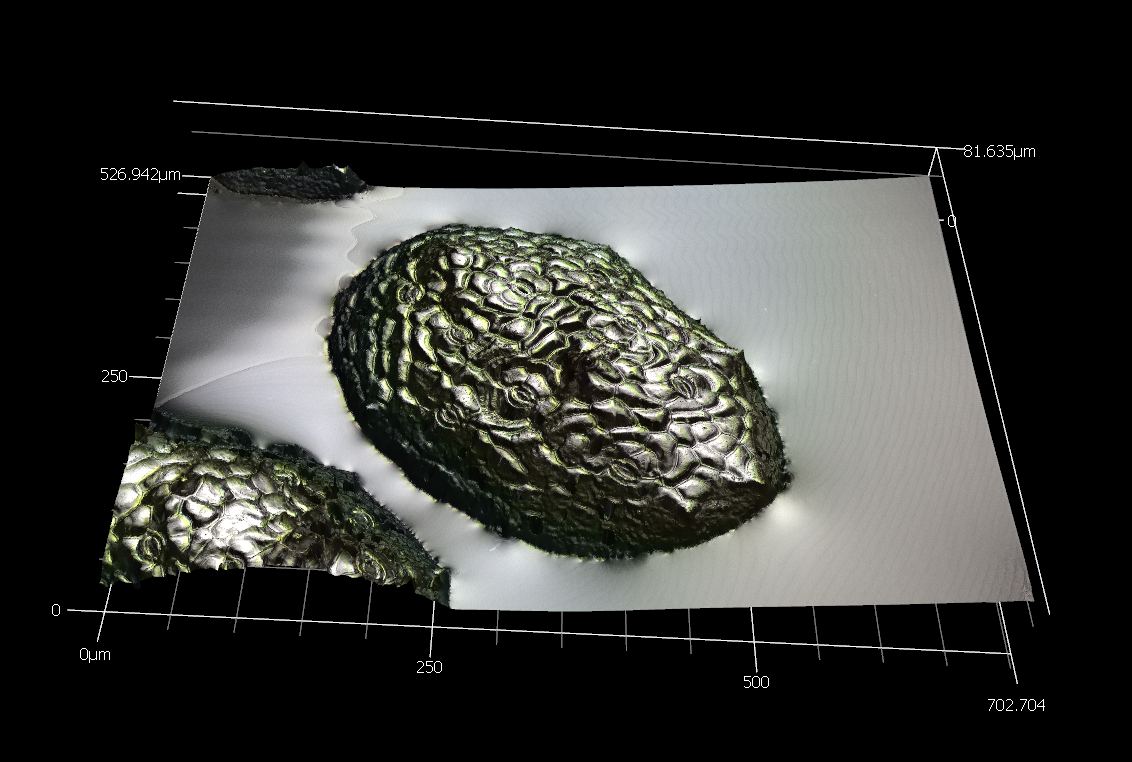
Astronauts need to eat, and they need to breathe. That means, for long-duration missions, they are going to need to bring plants with them. But not all plants are created equal, and not all can survive the harsh conditions of space. One that might thrive on long spacefaring voyages also happens to be the smallest flowering plant on Earth.
Continue reading “Earth's Smallest Flowering Plant Can Handle 20X Earth's Gravity”M87's Jet is Triggering Novae
Everyone loves a good mystery, and astronomers have just uncovered a new one in a nearby supermassive galaxy called M87. Like most galaxies, M87 regularly plays host to a smattering of stellar explosions called novae, each the result of a star stealing material from a neighbour. M87 also features a massive jet of plasma blasting out into deep space from the galactic core. These phenomena: the jet and the novae, are unrelated astronomical occurrences, or so scientists believed. But astronomers recently discovered that the novae in M87 seem to be uncharacteristically aligned along the jet, instead of scattered randomly throughout the galaxy. Is the jet somehow triggering nova explosions?
It might be, but the mystery is: how?
Continue reading “M87's Jet is Triggering Novae”Can JWST Tell the Difference Between an Exo-Earth and an Exo-Venus?
As of this month, astronomers have discovered 5,506 exoplanets orbiting other stars. That number is growing daily, and astronomers are hoping, among other things, to find Earth-like worlds. But will we know one when we see it? How might we be able to tell an Earth-like garden from a Venus-like pressure cooker from upwards of 40 light years away? Is JWST up to the challenge?
Continue reading “Can JWST Tell the Difference Between an Exo-Earth and an Exo-Venus?”Machine Learning Algorithms Can Find Anomalous Needles in Cosmic Haystacks
The face of astronomy is changing. Though narrow-field point-and-shoot astronomy still matters (JWST anyone?), large wide-field surveys promise to be the powerhouses of discovery in the coming decades, especially with the advent of machine learning.
A recently developed machine learning program, called ASTRONOMALY, scanned nearly four million galaxy images from the Dark Energy Camera Legacy Survey (DECaLS), discovering 1635 anomalies including 18 previously unidentified sources with “highly unusual morphology.” It is a sign of things to come: a partnership between humans and software that can do better observational science than either could do on their own.
Continue reading “Machine Learning Algorithms Can Find Anomalous Needles in Cosmic Haystacks”


